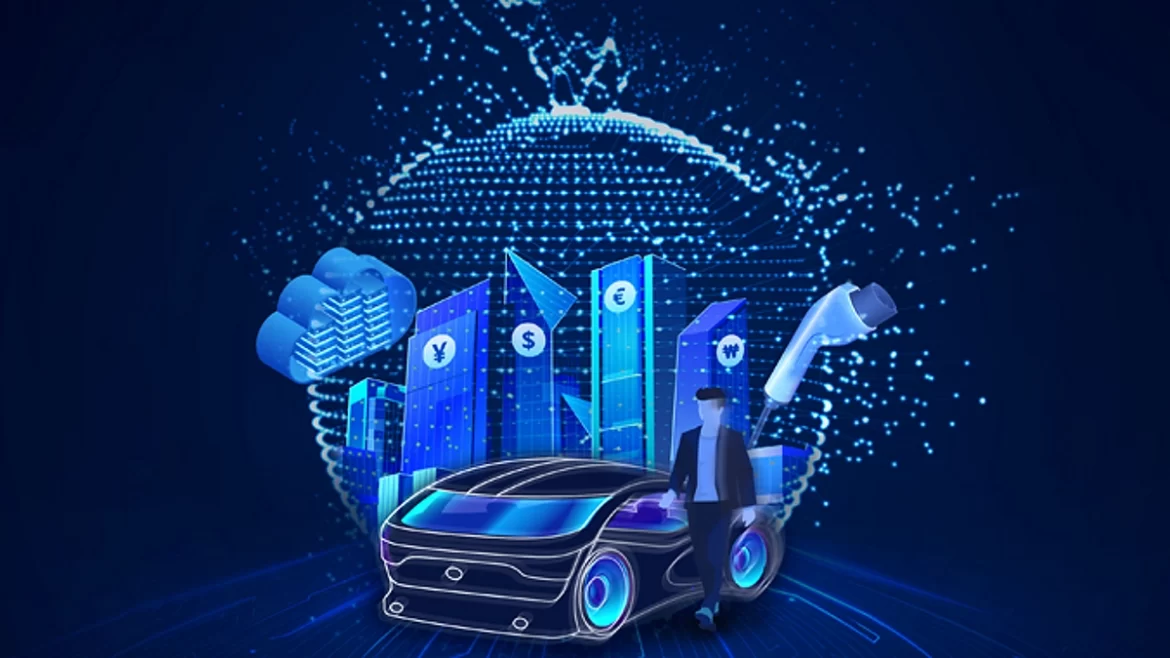Autonomous vehicles (AVs) are becoming a reality. But there are still several challenges and opportunities that will need to be addressed.
Current self-driving cars — also called advanced driver assistance systems (ADAS) — only reach Level 1 automation, which means they only do steering and cruise control while the human driver monitors them.
Safety
Autonomous vehicles offer the potential to dramatically reduce traffic accidents, which are currently responsible for millions of deaths and injuries each year. These vehicles will have the ability to eliminate the human-related factors that contribute to accidents, such as aging, disease, stress, fatigue, inexperience and drug abuse.
Autonomous cars will need to rely on a variety of sensors to “see” the road and surrounding environment, including cameras, radar, and LiDAR (which judges distances by shooting lasers off objects and measuring the return time). They may also use GNSS to determine their location on the earth’s surface, although it will be important for these systems to be accurate and consistent in order to be fully effective.
AVs will also need to communicate with one another via vehicle-to-vehicle (V2V) communication, allowing them to share information with each other and act as a coordinated unit. This will require a number of complex technical, legal and ethical issues to be addressed.
Fuel Economy
Autonomous vehicles are more expensive than traditional cars to buy, but the initial investment can be offset by reduced maintenance costs and fuel expenses. They also have the potential to reduce carbon dioxide emissions and traffic congestion.
The vehicles can communicate with each other and road infrastructure, optimizing routes and reducing congestion. They can also be used as shared vehicles, minimizing the number of cars on the road and freeing up parking spaces.
Driverless cars don’t require humans to be present to operate them, and this can significantly reduce the vehicle’s fuel economy. In addition, the sensors in autonomous vehicles are often limited by cost and computing power. For example, GPS works only with a clear view of the sky; radar can’t work in fog or rain; and lidar requires sufficient light. As such, it’s difficult to find a set of sensors that will work well in all situations. This may limit the widespread adoption of autonomous vehicles.
Environmental Impact
One of the biggest environmental impacts of cars is their pollution. However, autonomous vehicles can significantly reduce this impact.
Autonomous vehicles can communicate and coordinate with each other, eliminating the stop-and-go chaos of traffic that spews fumes and wastes fuel. This synchronized dance also allows cars to skip unnecessary stops at lights and to avoid idling, further reducing waste of energy and emissions.
The AVs can also transform public transportation by introducing shared autonomous shuttles that can offer affordable and convenient services to commuters. This can significantly reduce traffic congestion, carbon emissions and travel costs, while boosting the efficiency of existing infrastructure.
Moreover, since the driverless car takes over from human drivers, it will lead to lower per-person travel rates. Families can cut down on vehicle ownership, as a single driverless car can drop the kids off at school, take mom and dad to work, then park itself until it’s needed again. This can dramatically reduce the number of overlapping trips that contribute to traffic congestion and pollution.
Regulatory Issues
Governments have a responsibility to create an environment that supports innovation while ensuring safety. They can do this by developing regulations and encouraging private industry to support the development of autonomous vehicles.
Manufacturers can also address regulatory issues by introducing an interactive digital interface that allows drivers to consent to specific conditions that predetermine liability in the event of a crash. Such an interface could also be used to provide the driver with information that relates to the vehicle’s operational parameters.
This type of interface could help to avoid miscalculation by ensuring that the driver understands the limitations of the technology and the essential role they play in resuming control when the system reaches its limit. Studies have shown that it can take a human driver up to 40 seconds to reorient themselves with the road layout and driving task when they are not in control of the car (Lue and Merat, 2014). This can lead to accidents.





